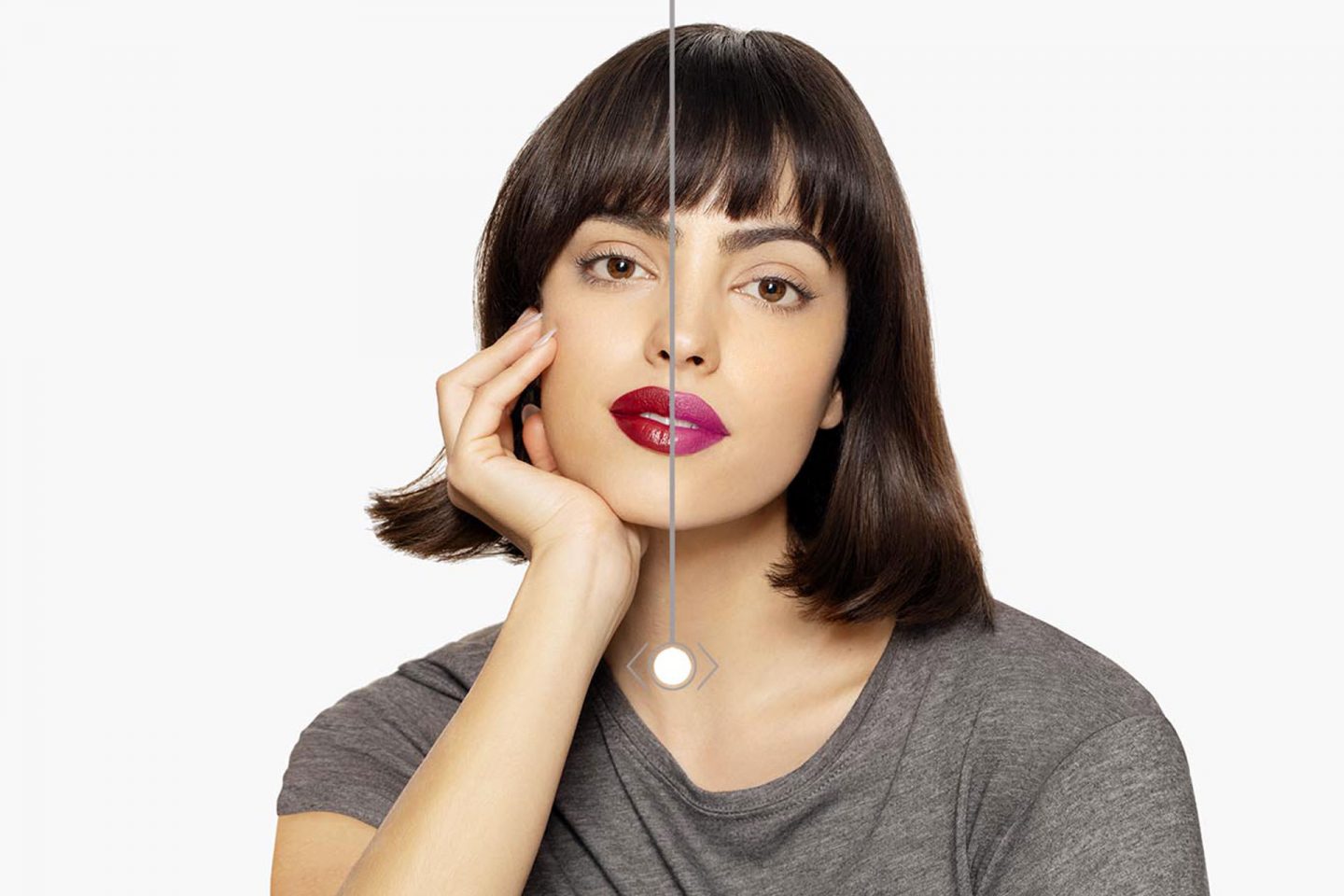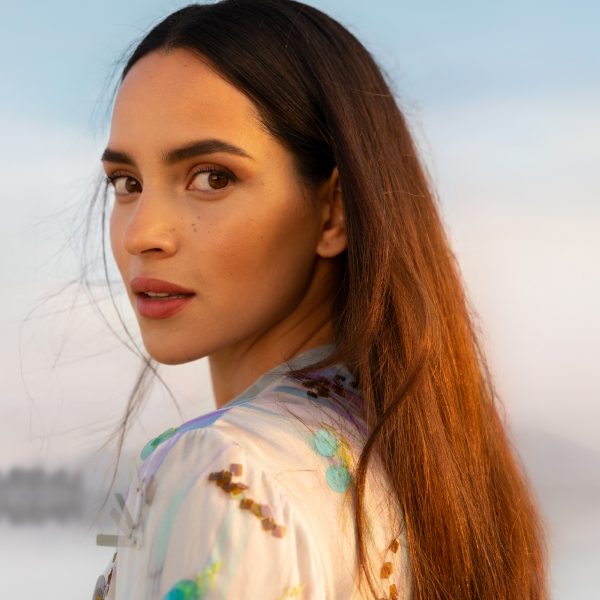
Research to support beauty in all its diversity
Lipstick: smart colour
Fully aware of the importance of colour, L’Oréal scientists have developed new digital methods and applied them to lipstick. The first step involves identifying lipstick colour families based on visual perception, from bright red to brown by way of pink, orange and purple. Then, an algorithm sorts them objectively. Thanks to virtual makeup tests, the result on lips is perfectly simulated; completing the study on real people would have required more than 200,000 samples of lipstick. The scientists answered two important questions. First, what are the best shades for each skin tone? And second, in a small range of 10 colours, which shades will please the greatest number of women according to their skin tone? Research on colour recognition opens the doors to relevant personalised cosmetics for all of L’Oréal’s diverse consumers worldwide.

Algorithms help design perfect makeup shades
In today's increasingly diverse world, there is growing consumer demand for products that empower people to express their distinct personality. In response, some brands offer up to a hundred different makeup shades. Navigating such a broad choice of hues can be complicated for consumers, and rapidly changing ranges can be difficult to accommodate at retail locations.
To solve this problem, L’Oréal Research & Innovation conducted studies in eight countries in North and South America, Europe, Asia and Africa. They measured over 5,000 complexions before and after application of foundation, to complete the historic database of over 3,000 pieces of data relating to skin tones across the globe. Using an algorithm, researchers were able to identify six groups and 18 sub-groups worldwide. By combining this categorisation with an analysis of makeup habits in each country, L'Oréal co-created shades with local consumers and makeup professionals. The result is more inclusive ranges selected for local relevance.






